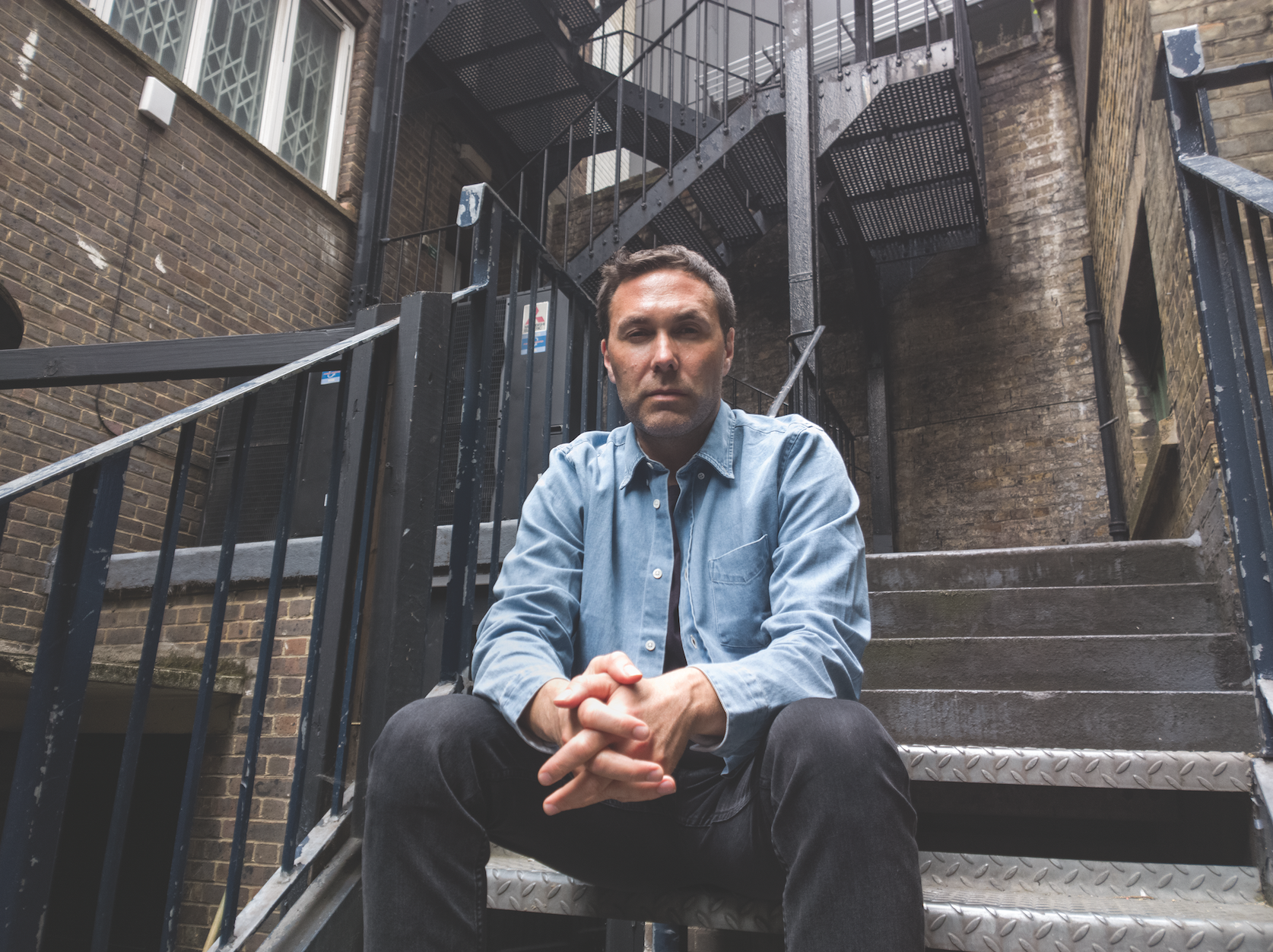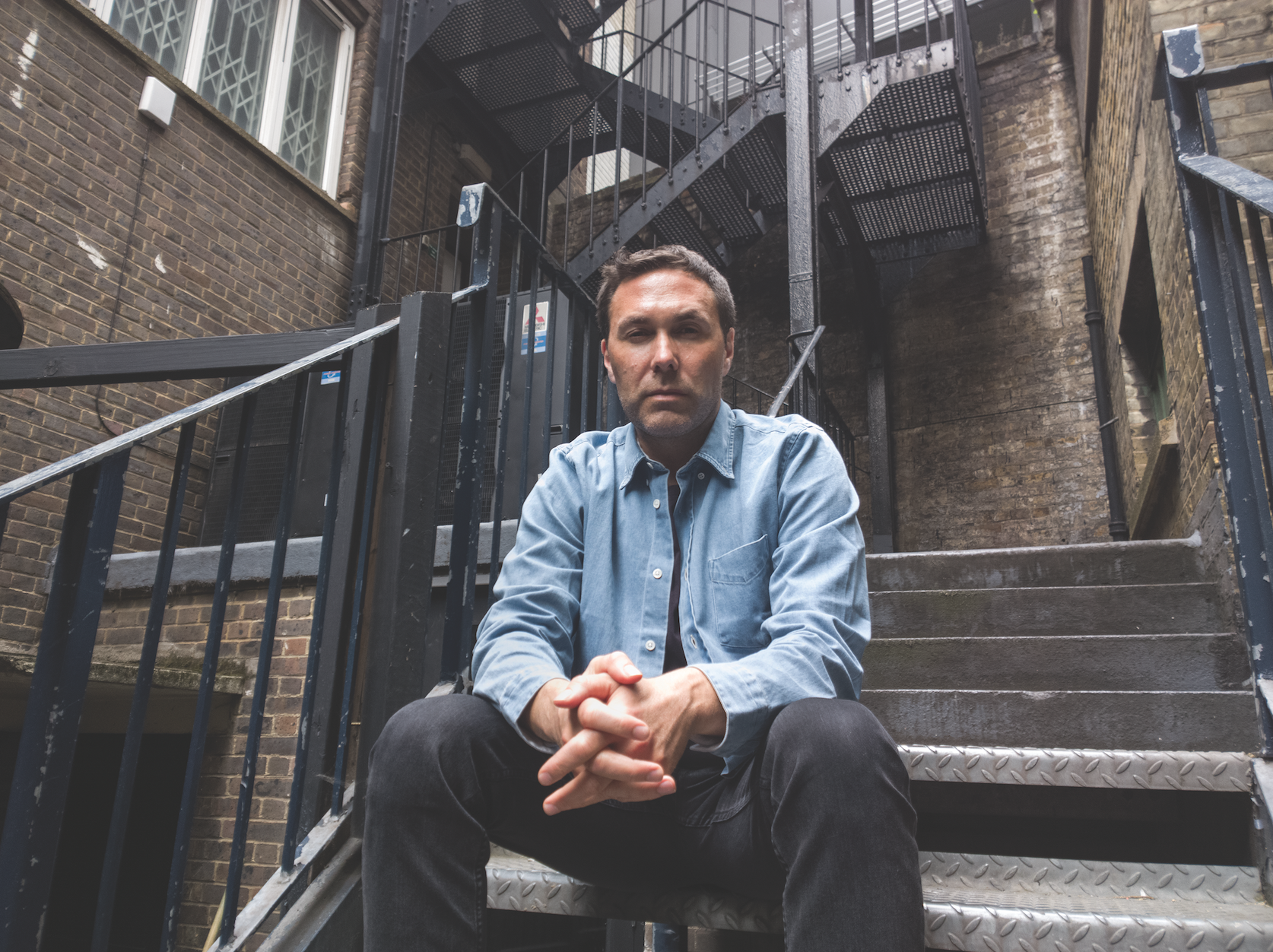

The Vinyl Factory's creative director shows us how they make the most exciting records on earth
Not that long ago major record labels were saying vinyl had had its day. Just like reel-to-reel, mini disk and tape it was destined for the bin, and soon to be replaced by CDs and digital downloads. But there was something they never saw coming. Vinyl became rare as well as collectible, and today it’s as much of a design object as a disk to spin tracks off.
Last year sales hit a record 18-year high, a trend The Vinyl Factory’s Sean Bidder puts down to the passion of fans, now linked together via flourishing Internet communities, who have continued to support the format through thick and thin. His idea for The Vinyl Factory was, and is, to bring back the level of craft these fans worship. There are no reissues or botched graphic design jobs, just exclusive music and bespoke art work.
It’s a hands-on approach that Bidder advocates day to day, and advises upcoming musicians and artists to take. “We live in a period where you can get your work out there on the Internet, get in touch with people, and show them things in a very direct way. Often they don’t have to involve a lot of money. Really, it’s just about having a great idea and executing it well.”
So far the label has released limited editions by musicians and artists from Florence + the Machine to Dinos Chapman to The XX. And each release has it’s own unique concept and design. Massive Attack’s glittery black edition of Heligoland consisted of a box packed full of original artwork, the Pet Shop Boys used fluoro-edged PVC to create colourful, transparent vinyl and casing for Electric, while artist Ryoji Ikeda produced an album that reflects his interest in self-organising structures, mathematical codes and big data. Often great ideas don’t have to involve a lot of money. It’s about having a great idea and executing it well Each and every release at The Vinyl Factory also has its own accompanying experiential project in their London space. Last year artist Conrad Shawcross brought an industrial robot designed to auto assemble parts into Brewer Street car park, and used it as a lead dancer in a carefully choreographed piece in which it swerved across multiple axes in time to live scores specially commissioned for the piece.
“The heart of what we do is audio-visual,” explains Bidder. “We want to expand that as far as we can do in the collaborations that we do with musicians and artists. It’s about creating experiences that really connect music and art, and bring the two together in a cohesive way that makes sense.”
The most cohesive of these immersive experiences will be The Vinyl Factory’s project at Station to Station, a huge takeover of the Barbican Centre by artist Doug Aitken that features multiple contributors across various disciplines. “We now have The Vinyl Factory mobile press,” explains Bidder. “So we’re setting up a recording studio at the Barbican and working with musicians and artists that have residencies there.”
Visitors will be able to see the likes of Lonelady, Nozinja and Haroon Mirza, compose and record singles live, before seeing them cut at the press. “A designer called Fraser Muggeridge, and another called Åbäke, are then going to be making the sleeves using screen printing, stamping and all sorts of different materials,” says Bidder. “So people will end up with a totally unique object and a totally unique record.”
Words by Maks Fus Mickiewicz
Photography by Hannah Burton
Originally published in The Five To Nine, a good news paper, produced by Protein and Microsoft Lumia. All shot on Microsoft Lumia
http://www.thevinylfactory.com/



Discussion